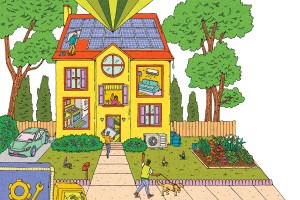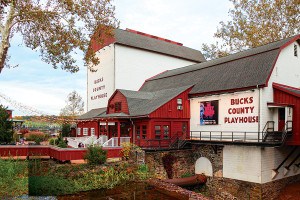Neighbors Invited by Bishop to Discuss St. Charles Re-Purposing
2 br, newly re-puroposed and renovated
Spectacular, Architectural-Digest-worthy historic building
Expansive drop-dead landscaping,
Walk to Overbrook Station – 10 minutes to 30th St.
LM schools.
Sounds nice doesn’t it? There’s only one problem. It’s not available yet. In fact, you might never see a listing like that; at least not for this property.
On the other hand, the Archdiocese of Philadelphia did announce (last March) that it wants to “re-purpose” the buildings and the land in the south east section of its 75-acre St. Charles Seminary.
Re-purposing can mean a lot of different things. For example, it could mean that the Archdiocese might sell the land and the buildings to another religious, educational institution. In terms of getting a quick approval from Lower Merion Township, that would certainly be the path of least resistance. However, the path of least resistance would also be the path of least revenue for the church.
The parcel of land where the seminary is situated is zoned R-3, which means that theoretically, a developer could build single family homes there. However, the minimum lot size would have to be 10,000 square feet.
Furthermore, the seminary’s historic buildings, were never designated historic. So while a builder would face an avalanche of public outrage, there is no legal prohibition against tearing down the buildings.
Another option that a developer might utilize with the seminary, would be to take advantage of Lower Merion’s recently adopted church conversion ordinance. The ordinance (under certain conditions) permits historic religious institutions to be converted to multi-familiy residence buildings.
Robert E. Duncan, Director of Lower Merion’s Planning Division confirmed that Bishop Senior, Rector of Saint Charles Borromeo Seminary, hosted two meetings this summer at the seminary. Invited guests included members of the township’s board of commissioners as well as community leaders from Overbrook, Merion, and Wynnewood. The purpose of the meetings, according to Duncan, was for the Bishop , “to hear directly from the community, in order learn what their concerns were”. Duncan summed up the neighbors biggest issues pertaining to the seminary’s redevelopment. They were:
- Increased Traffic
- Populations density
- Open Space


